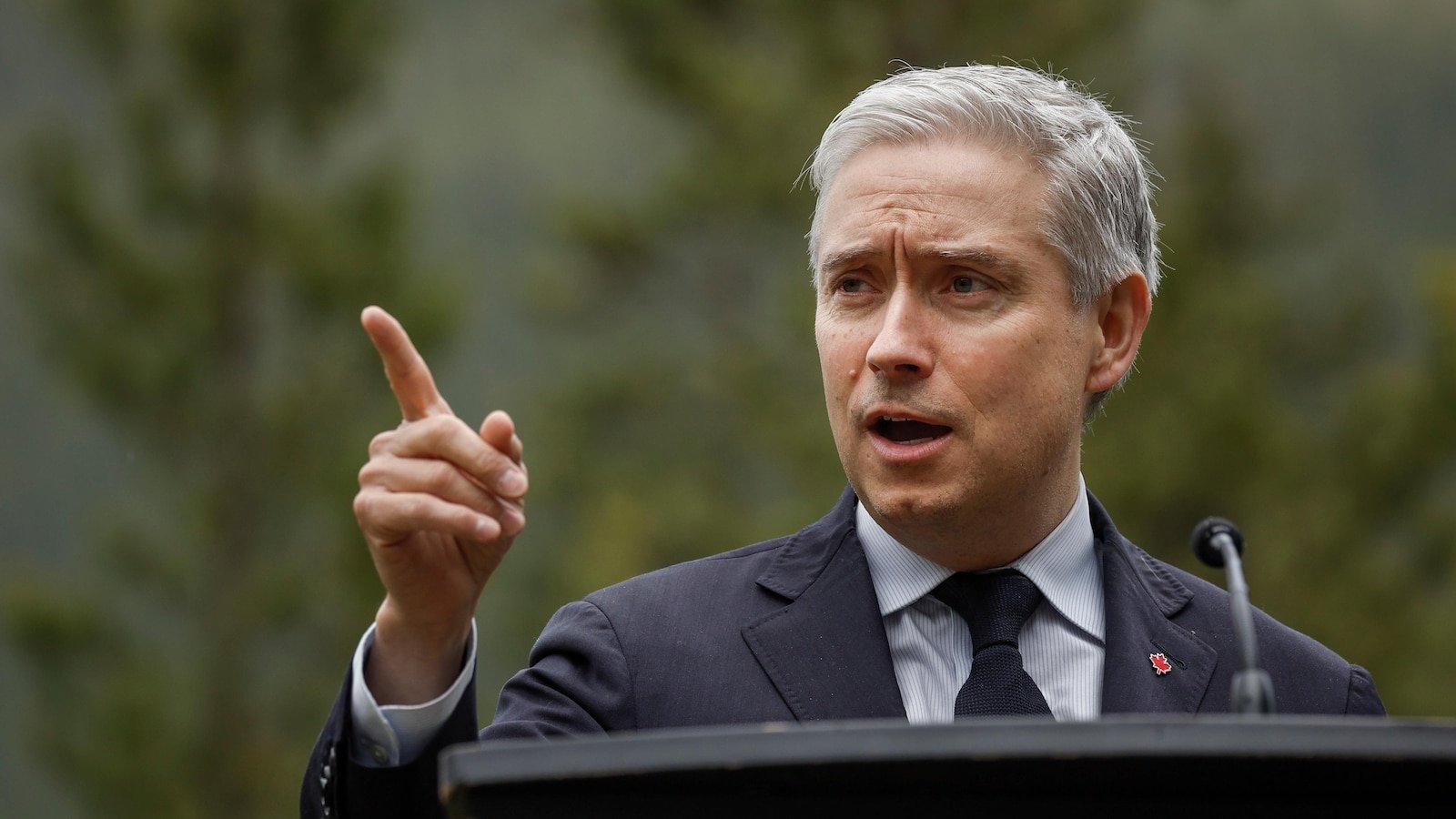Banff, Canada – The main financial officials of the richest countries in the world are gathering in a Canadian mountain resort this week for what can be a controversial meeting following President Donald Trump. Radical tariffs.
The annual meetings of the group of 7 finance ministers, known as the G7, are typically simple and in previous years they have produced joint commitments with Combat inflation and counteract the Covid pandemic. There may be less agreement this year, since Trump’s tariff Potential 51st State.
“I hope it is a kind of irritable conversation among G7 officials,” said Eswar Prasad, an economist at Cornell University and former senior official of the International Monetary Fund. “This is a very difficult period for relations between G7 countries.”
The Trump administration has reached an initial commercial agreement with a G7 member, The United Kingdomand is dedicated to conversations with Japan and the European Union. But Canada still faces 25% duties in many of its exports to the United States, including cars, and the other three members of the G7, France, Germany and Italy, face a 10% reference tariff in all its exports as part of the European Union.
It will be the first formal meeting of the G7 attended by the Secretary of the United States Treasury, Scott Besent, who participated in a brief G7 meeting last month apart from the International Monetary Fund and the World Bank meetings in Washington, DC, the president of the Federal Reserve of DC, Jerome Powell, will also attend together with the governors of the Central Bank of the other nations of the G7.
“The colleagues’ message is quite clear that a free and fair multilateral trade system is a rules based on which we all won,” Francois-Philippe Champagne, Canada’s Minister of Finance, said on Tuesday.
Although many finance ministers gathered in Banff this week will probably seek individual meetings with Besent, it is unlikely that trade agreements will be reached, according to an informed person on the preparations for the meeting who spoke on condition of anonymity because they had no authorization to talk about it publicly.
On the other hand, financial officials will seek to soften the way to any agreement before a meeting of the heads of state of the G7 countries in June in the nearby Kananaskis, Canada.
Besent can bring a more conciliatory tone to meetings, Prasad said, since it is often seen as a relatively moderating influence on tariffs in Trump’s White House.
And it is likely that there are some areas of agreement, particularly around the target of the Trump administration to address what it calls “global imbalances” in world trade, a reference to large annual commercial deficits of the United States, which reflects that it matters more than it exports. The White House sees China as the key driver of such imbalances. China has a great commercial surplus.
“The intentional policy options of other countries have promoted the United States manufacturing sector and undermine our critical supply chains, putting our national and economic security at risk,” Besent said in a speech last month during meetings of the IMF and the World Bank.
The state of the US dollar can also arise, at least in informal conversations. He dollar fell into value Unexpectedly last month after Trump announced his generalized tariffs, while the interest rate in Treasury bonds increased, a sign of international investors could have been American asset dumpling As confidence in governance and the country’s economy eroded.
“In the halls, they will not talk about anything but tariffs and the dollar,” said Steven Kamin, a senior member of the American Enterprise Institute and former senior economist of the Federal Reserve.
At the last year meeting of Financial officials of the G7 in Stresa, ItalyThey agreed a joint statement that said that members have a strong commitment to a free, fair and rules -based commercial system. “It is still not clear if they may agree on such a statement this year.
Another question that hangs on meetings will be if the G7 can reach an agreement on a new round of sanctions against Russia. The European Union and the United Kingdom announced sanctions On Russian oil Tuesday, aimed at the “shadow fleet” of Russia of unregistered oil companies that send their oil and allow it to finance their war with Ukraine.
The proposals to reduce a price limit in Russian oil, established as part of previous rounds of international sanctions, below its current level of $ 60 can also be discussed at meetings on Wednesday.
However, the Trump administration, although it has required greater sanctions to Russian oil, has not yet signed the new restrictions. Trump spoke with Russian President Vladimir Putin and Ukrainian leader Volodymyr Zelensky on Monday, and the two countries said Soon I would start the fire cease conversationsAlthough there were no details available.
The Ukrainian finance minister, Sergii Marchenko, will also attend G7 meetings this week, although Ukraine is not a member.
Daleep Singh, Chief Global Economist of PGIM FARED INCOME and former National Security Advisor in the Biden Administration, said the issue of Russian oil sanctions will be a key test of what the unit remains in the G7.
“If you are looking for something to generate a fair and lasting peace, oil sanctions are the place to look,” he said.





